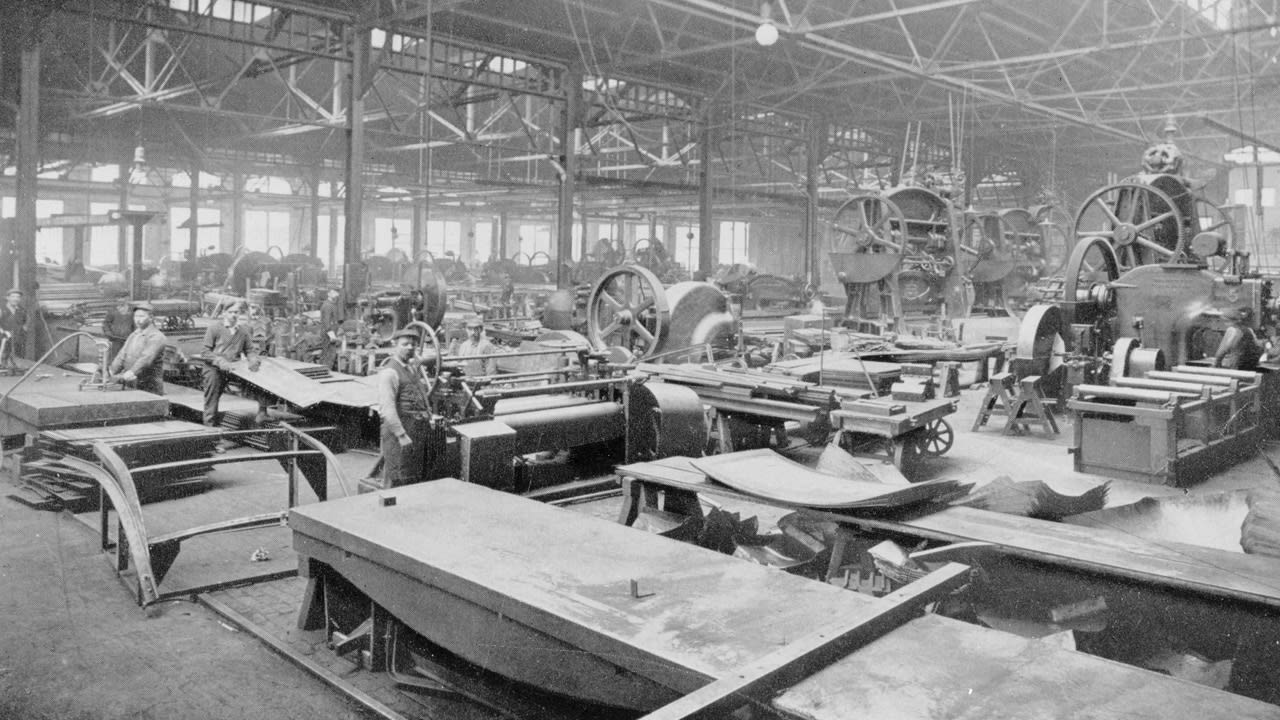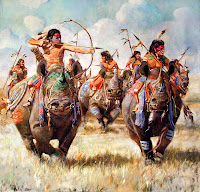PUERTO PRINCESA PALAWAN


https://www.google.com.ph/search?q=PUERTO+PRINCESA+PALAWAN+PICS&tbm=isch&source=iu&ictx=1&fir=qPhhyyKgNQPfkM%253A%252C2G7PLa33w6B4FM%252C_&usg=__22MaV-9ajJMvMkhCCkvbGKKngFw%3D&sa=X&ved=0ahUKEwiDjLTPidHXAhUJVbwKHSYPAEUQ9QEINDAG#imgrc=qPhhyyKgNQPfkM:
LOCATION: PALAWAN
https://en.wikipedia.org/wiki/Palawan
DESTINATION: UGONG ROCk, Honda bay, underground river
https://www.google.com.ph/search?q=BEST+DESTINATION+IN+PALAWAN&oq=BEST+DESTINATION+IN+PALAWAN+&aqs=chrome..69i57.6698j0j1&sourceid=chrome&ie=UTF-8
aCTIVITIES:
- ISLAND HOPPING

- Hike
and try the different adventures in Ugong Rock.
- AND OF COURSE VISIT THE MOST FAMOUS UNDERGROUND RIVER

https://www.buzzfeed.com/isabellelaureta/feelin-like-a-princesa?utm_term=.hgjYolM37#.bl4a35kWN
SCHEDULE: UNKNOWN
BEST TIME TO VISIT: OCTOBER TO MAY
The best time to visit this lush, tropical, pristine island of Palawan is from October to May when the temperatures are most moderate allowing for an ideal climate of fun and sun. The temperature averages around 30 degrees centigrade and rain during this period is rare. The off-peak season, according to local tour guides, is from September to November.
http://www.philippinetraveltours.com/destinations/palawan_philippines_travel.php
LENGTH OF VACATION: 1 WEEK
TRANSPORTATION: Puerto Princesa is a major tourist destination in the Philippines. Thus, all major airlines — Cebu Pacific, PAL Express, Seair/Tiger Airways, and Zest Air — have direct flights here from Manila. Here are the airlines that fly to Puerto Princesa and from where:
- Cebu Pacific Air – Manila, Cebu, Davao, and Iloilo
- PAL Express – Manila, Cebu, Clark, and Busuanga
- Seair/Tiger Airways Philippines – Manila
- Zest Airways – Manila, Cebu\
- https://www.thepoortraveler.net/2011/04/puerto-princesa-trip-summary-expenses-2/
ACOMMODATION:
https://www.tripadvisor.com/HotelsList-Puerto_Princesa-Cheap-Hotels-zfp110596.html
FOODS: Super Cream Halo Halo

Crocodile Sisig

Dangit Lamayo

Honey Nougat

http://www.wheninmanila.com/10-must-try-dishes-and-delicacies-in-puerto-princesa-palawan/
WHAT TO BRING:
FOODS: Super Cream Halo Halo
Crocodile Sisig
Dangit Lamayo
Honey Nougat
http://www.wheninmanila.com/10-must-try-dishes-and-delicacies-in-puerto-princesa-palawan/
WHAT TO BRING:
Clothing and Accessories
- Comfortable walking shoes and one pair of nicer shoes
- Shirts (short and long sleeved)
- Socks and underwear
- Watch
- Pants/shorts/jeans
- Pajamas
- Bathing suit (if applicable)
- Dressier outfit (reserved for a special night out)
- Raincoat and/or umbrella
- Lightweight nylon jacket or fleece (rather than bulky sweatshirts)
Toiletries
- Toothbrush
- Toothpaste
- Shampoo/conditioner
- Soap
- Deodorant
- Hairbrush/comb
- Sunscreen
- Hand sanitizer
- Any medications (in addition to a copy of any prescription)
- Spare set of contact lenses/glasses (if applicable)
Money
- ATM card (Call your bank prior to departure to alert them of the trip; foreign purchases sometimes result in a hold on bank accounts.)
- Personal credit card
- Pouch for storing money and passport under clothing
Electronics
- An alarm clock (Many hotel rooms won't have one.)
- An adaptor/converter
- Camera with extra batteries or charger
Documents
- Visas (if applicable)
- A copy of the tour itinerary
- A list of important phone numbers
- Addresses to send postcards home
- Copy of any prescriptions (Customs officials may want to verify that a container's contents match its label, so all medication should be carried in its original container.)
Carry-on bag
The EF backpack that every traveler receives is a perfect carry-on bag. Here’s a short list of things travelers might need on the first day of the trip. These should be packed in your carry-on in case your checked luggage is delayed:
- Money
- Airline boarding pass
- Toothbrush and toothpaste (Check tsa.gov for current security requirements.)
- Hairbrush
- Contact lens case/glasses (to sleep comfortably on the plane)
- A change of clothes (in case luggage is delayed)
- Medication
- Any valuables
https://www.eftours.com/help-center/preparation/what-to-pack
TOTAL BUDGET: FOR 5 DAYS FOR ONLY PHP 6,730.66 ALL-IN [EXPENSES]
http://www.travelswithahobo.com/how-we-traveled-to-el-nido-palawan-for-5-days-for-only-php-6730-66-all-in-expenses/
http://www.travelswithahobo.com/how-we-traveled-to-el-nido-palawan-for-5-days-for-only-php-6730-66-all-in-expenses/
EDUCATIONAL TOUR 2K18 PLAN B
NATIONAL MUSEUM
https://www.google.com.ph/search?q=national+museum&source=lnms&tbm=isch&sa=X&ved=0ahUKEwiH97bnyNPXAhXHvrwKHeXYAfYQ_AUICigB&biw=1024&bih=662#imgrc=IEZnoPGfaNffrM:
LOCATION: Padre Burgos Ave, Ermita, Manila, Metro Manila
https://www.google.com.ph/search?q=natl+museum+location&oq=natl+museum+location&aqs=chrome..69i57.12482j0j1&sourceid=chrome&ie=UTF-8
ACITIVTY:
- See the famous Manunggul Jar which was made before christ was born
- Roam around the session hall of the Philippines
- and many more!!!!!!
http://faq.ph/photos-national-museum-of-the-philippines/
http://www.nationalmuseum.gov.ph/nationalmuseumbeta/Visit/Visit.html
TRANSPORTATION: They will pass through Lagusnilad underpass and go past Manila City Hall. Go down Finance Road (at the corner of the National Museum of the Philippines, across Philippine Normal University). Light Rail Transit (LRT) line 1: United Nations Avenue is the nearest station to the museum.
https://www.google.com.ph/search?q=transportation+to+national+museum&oq=transportation+to+national+museum+&aqs=chrome..69i57.17311j0j9&sourceid=chrome&ie=UTF-8
FOOD: Lunch food such as rice and dishes that are not easily spoiled. Don’t bring tomato based food. Stick to vinegar based. Yup that is the reason why Adobong Manok is very famous on field trip lunches. Adobo dishes are not easily spoiled. You have to be cautious though, never close your container when the food is still hot. It will cause the food to perspire and thus will lead to food spoilage.
http://www.pehpot.com/2010/12/what-to-bring-during-field-trips-educational-tourwhat-to-bring-during-field-trips-educational-tour.html
THINGS TO BRING:
Clothing and Accessories
- Comfortable walking shoes and one pair of nicer shoes
- Shirts (short and long sleeved)
- Watch
- Pants/shorts/jeans
- Raincoat and/or umbrella
Money
- Pouch for storing money
Electronics
- Camera with extra batteries or charger
Carry-on bag
- Money
- Any valuables
TOTAL BUDGET: 500 pesos (Own Estimation)












